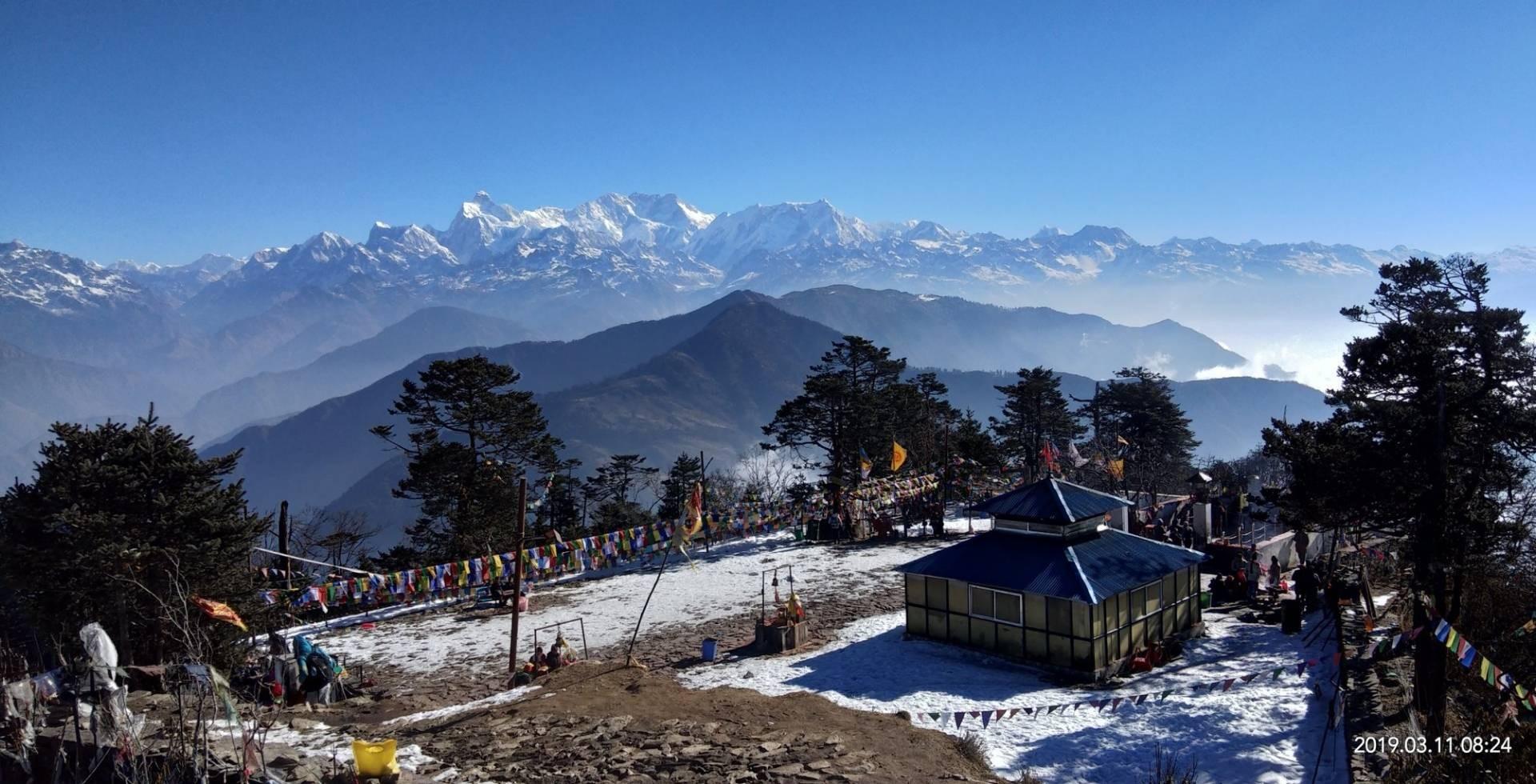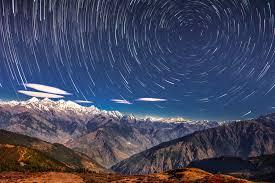Mukinath
- Author : Anuja Pneru
- Date : 27th September, 2024
- Time : 1 Min Read
- Euphoria
- Blog Detail
The temple of Muktinath is in the trans-Himalayan locale of Nepal at the foot of the snow-covered ranges at an altitude of 3,800 m. The site is sacred to both Hindus and Buddhists.
Mukti Kshetra, or where the temple of Muktinath is situated, is mentioned in the Hindu Scriptures such as the Ramayana, Barah Purana and Skanda Purana. The place partly owes its fame to the fossil stones, called shaligram - considered holy by Hindus - found along the Kali Gandaki River. The fossil stones are said to represent Lord Vishnu in stone form. There is a black shaligram in the temple.
The temple dedicated to Lord Vishnu is simple in architecture and built-in pagoda style. It is believed to have been constructed at the beginning of the 19th century. As the idol of Vishnu is considered to date from the 16th century, it is presumed that another temple stood there at the site before the current pagoda structure. Many Hindu pilgrims from Nepal and India visit the site to worship Lord Vishnu. Buddhists worship him as Avalokiteshwar. Buddhist nuns and Brahmin priests’ worship at the temple. Nearby is a temple called Jwala Mai considered sacred and worshipped by both Hindus and Buddhists. An eternal blue flame keeps burning in the temple. Nearby, there are 108 sacred waterspouts (springs) where pilgrims take a ritual bath. Muktinath lies on the famous Annapurna Circuit trek visited by thousands of foreign trekkers every year. The trek starts from Besi Sahar and passes through Manang and Thorung La Pass (5,380 m) via Muktinath to Jomsom.
Access: Regular flights connect Jomsom with Pokhara. It is then a five-hour walk from Jomsom to Muktinath. Regular buses running between Pokhara and Beni in the Kali Gandaki Valley complete part of the journey for you. A road connecting Jomsom with Beni has recently been constructed therefore, travelers will be able to find Bus services going all the way to Muktinath.
Leave A Comment:
Author
Related Blogs
1 min read
by Prekshya
Pathibhara
Pathibhara trek to visit Pathibhara Bhagawati temple in Taplejung Pathibhara trekking is the popular pilgrimage trek; 3794 m Pathibhara temple offers...
1 min read
by Utsukta Khanal
Langtang
Langtang Ganja La Pass Helambu Trekking, as the name implies, the entire trek route involves crossing the Langtang Valley to enter Helambu via Ganja L...
0 min read
by Admin
The Essence of Euphoria: Chasing Joy
Euphoria is more than just a fleeting emotion; it's a profound state of joy that can transform our lives. In this post, we explore the essence...



